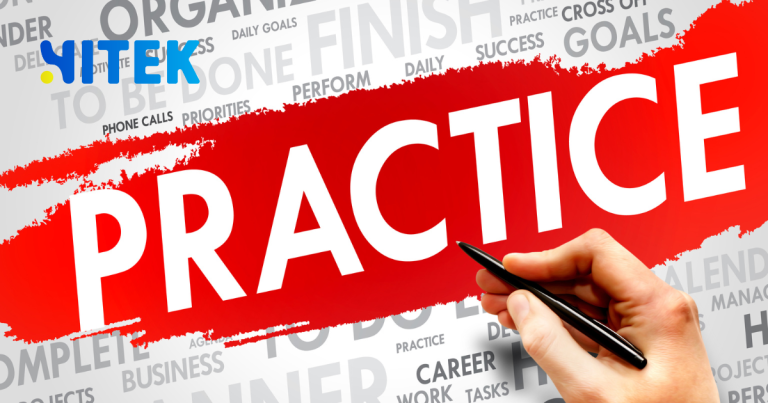Front-end web development is the art of creating a website’s visual and interactive elements. It’s what users see, click, and experience when they visit a site. From sleek designs to seamless functionality, front-end developers are the architects of the digital world. If you’re in Australia and looking to enter this exciting field, you’re in the right place. This guide will walk you through everything you need to know to get started, from foundational skills to advanced techniques, while keeping it practical and engaging.
Contents
ToggleWhy Learn Front-End Web Development?
The demand for skilled front-end developers in Australia is booming. According to LinkedIn’s 2023 Emerging Jobs Report, roles in web development are among the fastest-growing in the tech sector. With industries ranging from e-commerce to healthcare investing heavily in their online presence, there’s never been a better time to learn front-end development.
Plus, it’s a career that offers flexibility. Whether you want to work for a top-tier company like Atlassian or freelance for startups, the opportunities are endless.
Step 1: Master the Basics
Before building stunning websites, you need to understand the core technologies that power the web: HTML, CSS, and JavaScript.
HTML: The Backbone of the Web
HTML (HyperText Markup Language) is the foundation of every website. It structures the content, from headings and paragraphs to images and links. Start by learning how to create a basic webpage using HTML. Resources like freeCodeCamp offer excellent beginner-friendly tutorials.
CSS: Bringing Style to the Web
Once you’ve mastered the structure, it’s time to make it look good. CSS (Cascading Style Sheets) styles HTML elements, adding colors, fonts, layouts, and animations. Dive into responsive design techniques to ensure your websites look great on all devices, from desktops to smartphones.
JavaScript: Adding Interactivity
JavaScript is what makes websites dynamic. From dropdown menus to interactive forms, JavaScript brings websites to life. Start with the basics, like variables and functions, then move on to more advanced topics like DOM manipulation and APIs.
Step 2: Get Hands-On Experience
The theory is excellent, but the practice is where the magic happens. Here’s how to apply what you’ve learned:
Build Projects
Start small with a personal portfolio or a blog. Then, challenge yourself with more complex projects, like an e-commerce site or a weather app. Not only will this solidify your skills, but it’ll also give you something to showcase to potential employers.
Contribute to Open Source
Platforms like GitHub are treasure troves of open-source projects. Contributing to these projects is a great way to gain real-world experience and collaborate with other developers.
Step 3: Learn Popular Frameworks and Tools
Once you’re comfortable with the basics, it’s time to level up. Front-end development frameworks and tools can help you work faster and more efficiently.
React
Developed by Facebook, React is one of the most popular JavaScript libraries for building user interfaces. It’s widely used in Australia, with companies like Canva and REA Group relying on it for their web applications.
Bootstrap
Bootstrap is a CSS framework that makes creating responsive, mobile-first websites easy. It’s an excellent tool for beginners looking to streamline their workflow.
Version Control with Git
Git is essential for tracking changes in your code and collaborating with others. Learn the basics of Git and platforms like GitHub to manage your projects effectively.
Step 4: Stay Updated with Industry Trends
The tech world moves fast, and front-end development is no exception. Stay ahead of the curve by:
- Following blogs like Smashing Magazine and CSS-Tricks.
- Joining local tech communities, such as Sydney Developers or Melbourne JavaScript Meetup.
- Attend conferences like Web Directions, which are held annually in Australia.
Step 5: Build Your Network
Networking is crucial in the tech industry. Connect with other developers, attend meetups, and engage with the community on platforms like LinkedIn and Twitter. You never know where your next opportunity might come from.
Key Resources for Learning Front-End Development
| Resource Type | Examples |
|---|---|
| Online Courses | freeCodeCamp, Udemy |
| Coding Platforms | Codecademy, LeetCode |
| Communities | Dev.to, Stack Overflow |
| Local Meetups | Sydney Developers, Brisbane Web Design |
Final Thoughts
Learning front-end web development is a journey, but it’s well worth the effort. You can carve out a rewarding career in this dynamic field with the right skills and mindset. Start with the basics, build real-world projects, and never stop learning.
Ready to take the first step? Check out freeCodeCamp’s front-end development course and start coding today.
By following this guide, you’ll gain the skills needed to succeed as a front-end developer and position yourself as a competitive candidate in Australia’s thriving tech industry. Happy coding!









